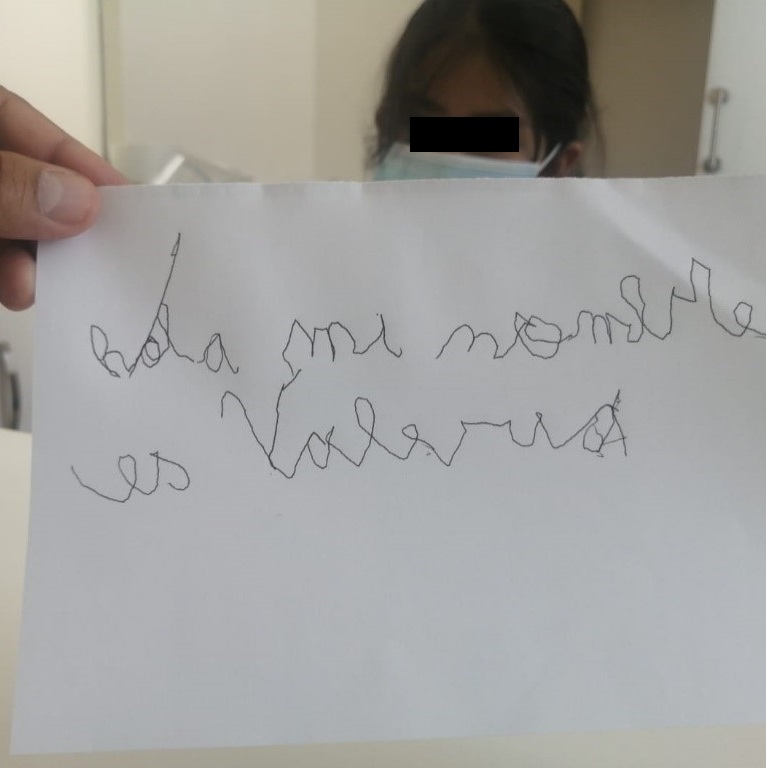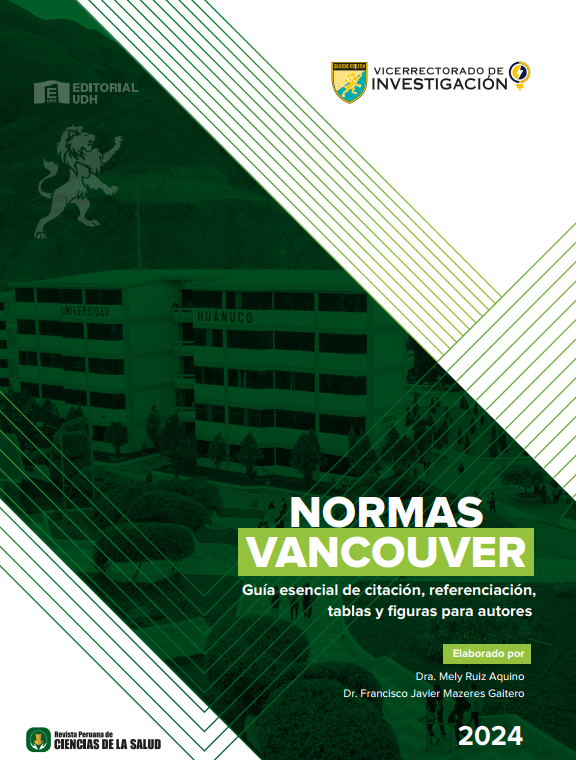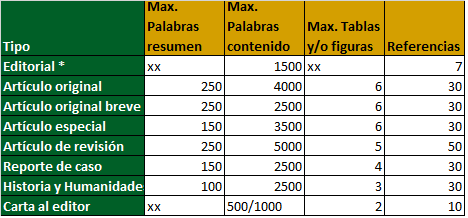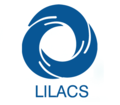Idiopathic opsoclonus myoclonus ataxia syndrome
Apresentação de um paciente pediátrico
DOI:
https://doi.org/10.37711/rpcs.2023.5.1.392Keywords:
ataxia, opsoclonus, myoclonus, kinsbourneAbstract
Objective. Report a case of opsoclonus-myoclonus-ataxic syndrome or Kirnsbourne syndrome, due to its infrequent presentation, with an estimated incidence of around 1/5 000 000, 50 % or more of paraneoplastic etiology and a very limited number not described in the literature on idiopathic etiology, in addition to the fact that 70 to 80 % of patients suffering from said syndrome present subsequent neurological sequelae. Clinical case summary. We present the case of a 7-year-old girl with ataxia, myoclonus and opsoclonus of idiopathic origin, who received treatment with pulsed methylprednisolone and immunoglobulin, followed by the use of oral corticosteroids for the following months. Finally, she presented an almost complete recovery two months after starting the treatment. Conclusions. Opsoclono-myoclono-ataxic syndrome is a rare neurological disorder in pediatrics in which the presence of associated tumors must first be ruled out, among them the most important neuroblastoma and take into account that although it can be limited to only 4 months of time of disease, the mainstay of its treatment is the use of high doses of corticosteroids to prevent it from worsening as well as the appearance of possible neurological sequelae in the future.
Downloads
References
Urman G, Leivi M, Chamorro N, García B, Callea A y Grosman A. Síndrome de opsoclonus mioclonus secundario a neuroblastoma abdominal. Presentación de un caso clínico pediátrico. Archivos argentinos de pediatria. 2019; 117(6), e651–e654.
Cabaraux P, Poncelet A, Honnorat J, Demeester R, Cherif S, & Manto M. CSF HIV RNA escape in opsoclonus myoclonus-ataxia syndrome: Case report and review of the literature. Frontiers in Neurology, (2020). 11, 585527.
Oh S.-Y, Kim J-S, & Dieterich M. Update on opsoclonus-myoclonus syndrome in adults. Journal of Neurology, (2019). 266(6), 1541–1548.
Guedes BF, Vieira Filho MAA, Listik C, Carra RB, Pereira CB, Silva ER, et al. HIV-associated opsoclonusmyoclonus-ataxia syndrome: early infection, immune reconstitution syndrome or secondary to other diseases? J NeuroVirol. (2017) 24:123–7. doi: 10.1007/s13365-017-0603-3
Koziorowska-Gawron E, Koszewicz M, Bladowska J, Ejma M and Budrewicz. S. Opsoclonus-myoclonus syndrome with severe clinical course and beneficial outcome. Medicine, 2021; 100(14), p.e25261.
Fernandes J and Puhlmann P. Opsoclonus myoclonus ataxia syndrome in severe acute respiratory syndrome coronavirus-2. Journal of NeuroVirology. 2021; 27(3), 501–503.
Meena J, Seth R, Chakrabarty B, Gulati S, Agrawala S and Naranje P. Neuroblastoma presenting as opsoclonus-myoclonus: A series of six cases and review of literature. Journal of Pediatric Neurosciences, 2016; 11(4), p.373.
Muthusamy K, Thomas M, Yoganathan S and Sudhakar S. Clinical profile, prognostic indicators, and therapeutic
outcomes of pediatric opsoclonus-myoclonus-ataxia syndrome: A single-center experience from South India. Annals of Indian Academy of Neurology, 2019; 22(3), p.295.
Suthar R, Dhawan S, Sharawat I, Bansal D, Menon P, Radotra B and Bhatia A. Ataxia as forme fruste of opsoclonus myoclonus ataxia syndrome. Annals of Indian Academy of Neurology, 2019; 23(3), 415–417
Garg R, Rizvi I, Malhotra H and Kumar N. Opsoclonus myoclonus syndrome in children: Paraneoplastic versus parainfectious. Neurology India, 66(5), p.1295.

Downloads
Published
How to Cite
Issue
Section
License
Copyright (c) 2023 Lutgarda Suclla, Edwin Lazo Rivera

This work is licensed under a Creative Commons Attribution 4.0 International License.























